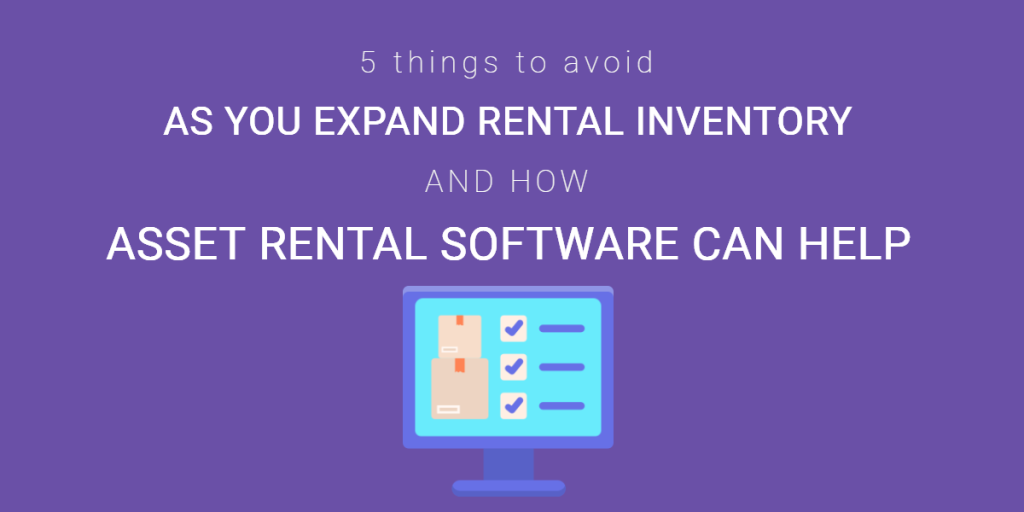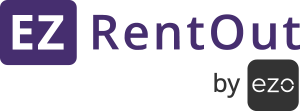Inventory items are one of the most important, and expensive, investments for a rental company. For a rental business, accurate inventory management is key to seamless workflows. Without adequate inventory stock, companies can lose customers and ultimately sales revenue.
A robust asset rental software lets you keep an accurate record of inventory items and manage them from a centralized platform. Tracking inventory with an asset rental software offers the following benefits:
- Accurate reorder cycle: Inventory procurement is easier when you have an idea of what’s in stock. Real time inventory tracking enables you to take informed decisions instead of manually checking warehouses for low stock items.
- Controlled inventory management: When it comes to inventory control, it is important to maintain a stock balance. Efficient inventory management has higher chances of being profitable for your business.
- Streamlined warehouse operations: With controlled inventory management, companies can effectively designate picking patterns and layouts for the warehouse. An asset rental software enables you to place rental items according to single orders and bulk orders respectively. This improves overall productivity with optimized warehouse space.
A major challenge arises when rental businesses start to plan inventory expansion as their operations grow. This is where a robust asset rental software can help you scale quickly and efficiently.
Along with the right tools, business owners should also implement robust strategies for growth. To start off, companies can compile a list of best practices to help them as they expand their inventory. Here is a list of five things to avoid as your rental inventory grows, and how an asset rental software can be useful:
1. Failure to forecast demand accurately
According to the American Rental Association, the US rental industry is expected to reach nearly $60 Billion by 2021. Keeping a lookout for market trends helps determine industry demands. This way rental companies can streamline procurement procedures and get vendors on board before the season spike.
Even a slight glitch in your inventory forecasts can cause you to lose out hundreds of dollars. For this purpose, it is important to have accurate demand predictions so that you can buy just the right amount of rental inventory.
As your inventory grows, it becomes tough to handle all the receipts coming in. To avoid erroneous data, invest in an asset rental software that provides in depth reports to forecast demand. Such information enables you to predict consumer preferences and future trends. Access to reliable inventory data improves the decision making process and increases chances of successful growth for your rental.

2. Buying too much inventory
When catering to a demand spike, it is easy to go overboard.However, having too much of any item can tie up resources and crowd the warehouse unnecessarily. The last thing you want is to get rid of excess inventory items that remain unused by the end of their lifecycle.
An asset rental software enables you to set a low stock threshold and only procure what is required. This way your rental business can control incoming stock and stay within the planned budget.
Pro Tip: Automate inventory cycles.
Businesses sometimes end up getting too many product variations from different vendors. While this may not seem like a big problem, you do run the risk of messing up inventory accounts. Buying the same asset stock with different Stock-Keeping Unit (SKU’s) can lead to confusion. Best to be safe and stick to a few trusted vendors with moderate variation in your rental inventory.
Read more: What is Rental Inventory Management Software and What are its Uses?
3. Compromise on quality
As a rental business, your reputation amongst customers is a valuable asset. In order to sustain a trustworthy relationship with your clients, it is important that you don’t compromise on quality as you expand your inventory. The best way to maintain consistency is to keep a record of all rental stock at one place. An asset rental software offers you to track item details every time you procure stock. This way whenever you get a new vendor on board, you can share standard checklists so that you source reliable rental inventory only.
By looking at the history of the current inventory items you can decide whether to restock or replace an item. Such practices enable you to invest in the right resources and maintain quality standards even when expanding your rental inventory.

4. Not have a contingency plan
Majority of the rental businesses face inventory challenges despite taking calculated decisions. For instance when it comes to expanding inventory, what happens if you run short of items in the middle of a demand spike? Or your most rented product is suddenly discontinued by your vendor.
There are always some unexpected scenarios that you need to be prepared for. Even if you cannot completely avoid a disaster, you can mitigate its effect by coming up with a contingency plan. List down the potential issues that could arise during inventory expansion and what can be done to overcome them.
Read more: 5 Ways Your Rental Business Can Save Time And Money with Cloud Warehouse Management
5. Lose track of items
Expanding your inventory means there are more items to track. Without a robust management system, you will end up losing items which will add to your expenses. As soon as you plan to grow your inventory, implement an asset rental software to track stock items. With each and every item labelled, it becomes easier to monitor movement across customers.

An automated rental equipment management system enables you to find out which items are overdue or damaged when returned. Such actions can be accounted for by implementing late fees and penalties in the payment terms and conditions. Proactive practices while tracking rental assets lowers risks of misplacement and theft during orders.
Rental businesses can streamline growth with the right management software and team expertise. A rental software automates processes that helps companies reduce risks associated with inventory expansion by cutting down costs and errors in daily operations. Along with this barcode tracking provides access to real time data to make informed decisions about inventory for maximum efficiency.
About EZRentOut
EZRentOut is a cloud-based rental asset tracking software. EZRentOut offers companies in numerous industries seamless rental management along with a host of other features. These include asset tracking, maintenance management, customized webstore, and much more.







